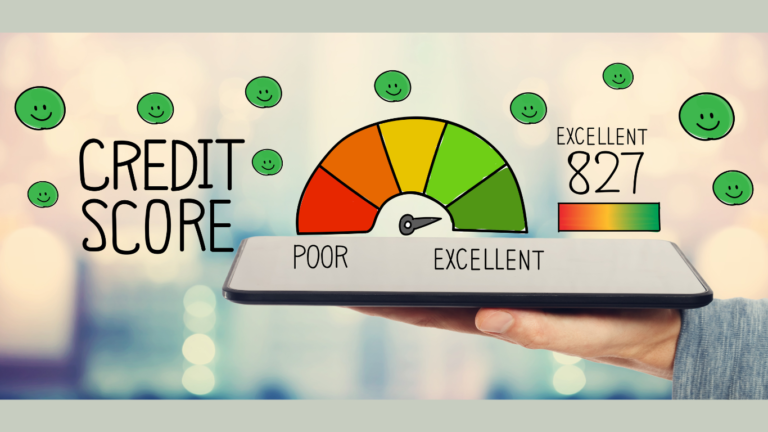The Allure of 0% Interest Credit Cards
In a world of rising interest rates and escalating debt, credit card offers that tout 0% interest for a set period can seem like a financial savior. These cards promise to help you manage large purchases, consolidate debt, or even finance new ventures without incurring hefty interest charges. On the surface, they appear to offer an ideal solution to your financial woes.
But before you jump on the bandwagon, it’s essential to understand that while a 0% interest rate can be appealing, it comes with hidden dangers that can make it a costly decision in the long run. Here’s why these seemingly perfect cards may not always live up to their promises.
1. The Hidden Fees: A Stealthy Trap
One of the biggest drawbacks of 0% interest credit cards is the hidden fees that can lurk beneath the surface. While the interest rate may be tempting, the annual fee or transaction fees can add up quickly, negating any savings you might make. Many of these cards charge an upfront balance transfer fee or a cash advance fee. These fees typically range from 3% to 5% of the transferred amount, which can easily exceed any interest you might have paid with a regular credit card.
Example:
If you transfer a balance of ₹50,000 and the card charges a 5% fee, you’re immediately out ₹2,500, which is essentially an interest charge disguised as a “one-time fee.”
2. The Temptation to Overspend
When you’re offered a 0% interest rate, it can be tempting to charge larger purchases to the card, thinking you won’t pay a dime in interest. However, this can lead to overspending because you might believe that you have more disposable income than you actually do. Since no interest is accruing immediately, it can be easy to lose track of the total debt and the date when the 0% offer expires.
Example:
You might use the card to purchase a new phone or take a vacation, but without realizing it, you could be left with a pile of debt once the 0% introductory period ends, with a sky-high interest rate applied.
3. The Catch: Higher Interest After the Introductory Period
Perhaps the most significant risk with 0% interest credit cards is the higher interest rate that kicks in after the introductory period ends. Most 0% APR offers last anywhere from 6 to 18 months, but once the offer expires, the interest rate can jump dramatically—often as high as 20% or more. This means that any remaining balance on your card after the promotional period could quickly accumulate high-interest charges.
Example:
If you’ve been using a 0% interest card for 12 months, and you still owe ₹50,000 when the introductory period ends, you could find yourself hit with 20% interest on the remaining balance, adding significant costs to your debt.
4. Impact on Your Credit Score
0% interest credit cards can also affect your credit score in unexpected ways. If you transfer a large balance from another card or overspend, you may end up utilizing a significant portion of your available credit. This increases your credit utilization ratio, which is a key factor in determining your credit score. A high utilization ratio can lead to a decrease in your score, making it harder to qualify for loans or other financial products in the future.
Example:
If your credit limit is ₹100,000 and you carry a balance of ₹50,000, your utilization rate is 50%, which could negatively impact your credit score, even though you’re not paying interest during the introductory period.
5. The Expiration Date: Not All 0% Offers Are Equal
It’s crucial to read the fine print before applying for a 0% interest card. Some cards only offer 0% interest on balance transfers, while others may only apply it to new purchases. Additionally, if you miss a payment, the 0% interest rate can be revoked, and you may be hit with a penalty interest rate that is higher than the regular APR.
Example:
Some credit card companies impose a condition that the 0% interest rate applies only if you make timely payments. A single missed payment could result in the loss of the promotional rate, and you could be subject to an interest rate as high as 29.99% on the remaining balance.
6. A Temporary Solution, Not a Long-Term Fix
While a 0% interest card may help you manage your finances temporarily, it’s not a sustainable long-term solution. Once the introductory period ends, you could find yourself facing high-interest charges or deepening debt. It’s vital to have a strategy to pay off your balance before the 0% offer expires, or it may feel like you’re digging yourself deeper into a financial hole.
Example:
If you use a 0% card for debt consolidation, it’s essential to have a clear plan to pay off the balance during the introductory period. Failing to do so will leave you with more debt than you started with, along with the added pressure of the higher interest rate.
Conclusion: Are 0% Interest Credit Cards Worth It?
0% interest credit cards can be a useful tool for specific financial situations, such as consolidating high-interest debt or financing a large purchase, but they are not without their risks. Hidden fees, the temptation to overspend, and the potential for high-interest charges after the promotional period can make these cards a dangerous financial tool if not used wisely.
Before applying for a 0% interest card, take the time to fully understand the terms, set a realistic repayment plan, and make sure you can avoid common pitfalls. If used responsibly, these cards can provide short-term financial relief. But if you’re not careful, they can quickly become a costly trap.
Thinking of applying for a 0% interest credit card? Visit TheCreditCardFinder.com to compare the best credit card offers that suit your financial needs and help you make an informed decision!









